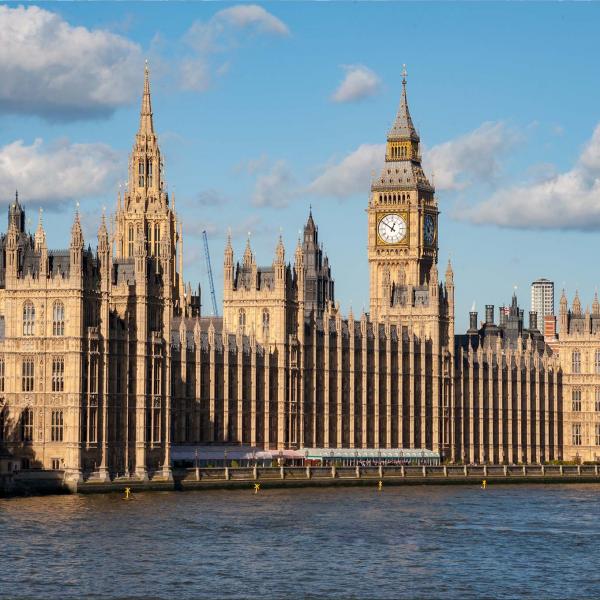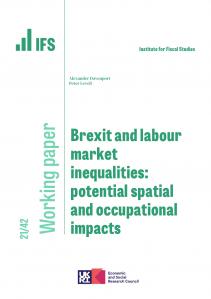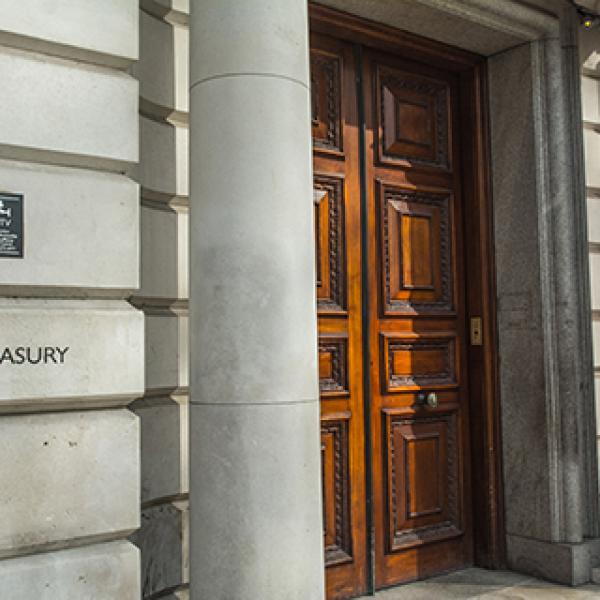Last Thursday NHS England announced a “reset” aimed at stabilising the finances of NHS trusts in the face of growing pressures on hospital finances. The next day Philip Hammond, the new chancellor, announced a “reset” of fiscal policy. The NHS reset came with some specifics, including an increase in funding and a new control regime. Mr Hammond gave us no specifics for his reset.
In fact we shouldn’t expect much in the way of specifics until the autumn statement in November or December. That is a good thing. The emergency budget threatened by George Osborne after a pro-Brexit vote was never going to happen even if he had remained in post. At the least it makes sense to wait until we have more economic data. A new chancellor facing some seriously difficult decisions will need every day between now and the autumn statement to determine the way forward.
Why a fiscal reset? The simple reason is that even if the Brexit vote has only a modest negative effect on expected growth then borrowing will be higher than intended. In that case meeting the 2019-20 target for a surplus, which has been the centrepiece of government policy, would require further spending cuts or tax rises. Neither is likely to be prudent in the face of a weakening economy.
Further spending cuts on top of those already delivered and planned would be extraordinarily hard to find. Remember that an NHS reset, and the problems the NHS is facing living within its means, comes in the context of health spending having been relatively protected. It will be higher in 2020 than in 2010. That makes it unusual. Government spending on most things — police, education, justice, environment, local government — will be considerably lower than it was, in some cases by as much as 30 per cent. Further cuts in these areas look no more plausible than cutting health spending.
At a minimum, then, the fiscal reset is likely to involve an abandonment of the surplus target. That in itself does not make this a moment to celebrate “the end of austerity” as some have suggested. For one thing, with a weaker economy no change at all to tax and spending plans will still leave us missing the target and resetting fiscal policy. For another, whether Mr Hammond sticks to present plans or loosens the purse strings in the short run, in the long run that borrowing will have to be repaid. Less austerity now will mean more austerity later on. In the best-case scenario we can expect to see austerity extended into the early 2020s.
So we can assume, I think, that no additional spending cuts or tax rises will be announced for the short run. But beyond that there are some tough decisions to be taken. Is an additional fiscal stimulus required, and if so how big should it be? What shape should that stimulus take? And what to say about longer term plans?
That will all depend on how the economy is doing. We should at least know a little more about that by the autumn. Current signals are mixed. Last week’s Bank of England report from its agents around the country was perhaps less pessimistic than some had feared. On the other hand the purchasing managers’ index — a timely indication of economic activity and confidence — published on Friday was dreadful. It showed its biggest month-on-month fall in the more than 20 years that it has been published. At least by the autumn we will have some solid figures on jobs, growth and investment in the immediate post-referendum period.
More important for the chancellor will be the economic forecasts provided to him by the Office for Budget Responsibility. The gloomier they are, the more he will feel the need to increase spending or cut taxes; the bigger will be the fiscal reset.
The size of the reset will be one tough decision. Its shape will be another. If it looks like we are in for a short downturn followed by recovery then a temporary, targeted and timely stimulus will be in order. Policies such as a temporary cut in the main rate of VAT, as enacted in 2009 by Alistair Darling, will be under consideration. A longer-term slowing in the face of continuing uncertainty is more difficult to deal with through fiscal instruments, but an increase in spending on infrastructure projects will no doubt be on the cards. Since these often take a while to get off the ground they are more appropriate in the context of a longer-term slowdown. Into this mix of medium-term decisions Mr Hammond will also have to decide whether to carry on with planned benefit cuts. Yet another delay in the roll-out of universal credit, also announced last week, will at least mean those cuts will come later than planned — and hence that spending will be higher than planned.
And whatever these short and medium-term decisions, we will also look forward to finding out what new set of fiscal rules will replace those followed by Mr Osborne. These matter so that we have some sense not only of the short-term reset but also of what the longer-term aim for fiscal policy will be.
All this will, of course, look like a rejection of Mr Osborne’s policies. That would be the wrong conclusion to draw. If Mr Hammond changes tack it will not be because he thinks his predecessor got everything wrong; it will be because he is dealing with a new economic reality requiring a new response. The vote on June 23 pushed a big red economic reset button. The fiscal reset will be merely a response to that.
This article was first published in The Times and is reproduced here in full with permission.









